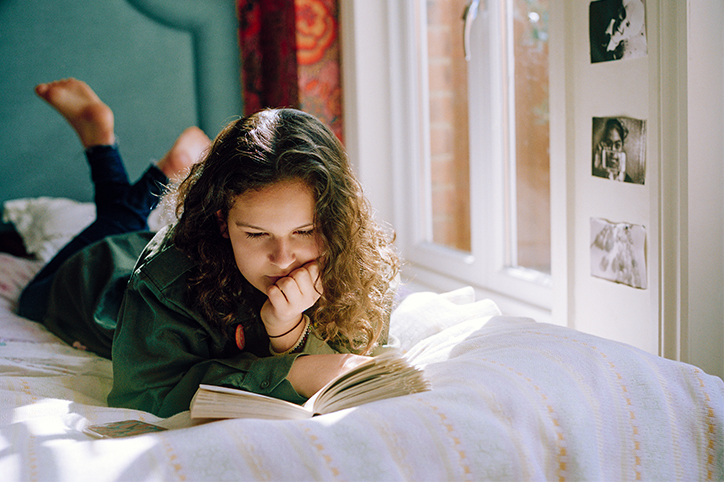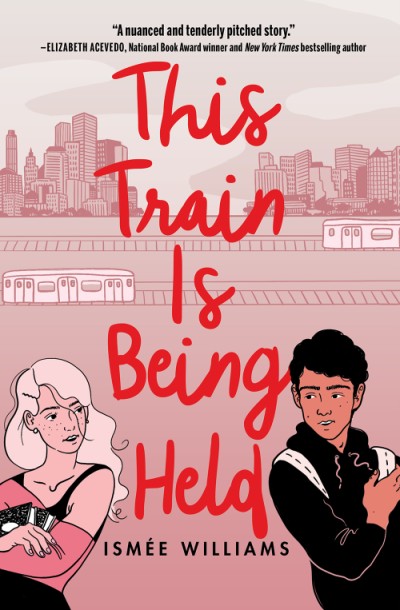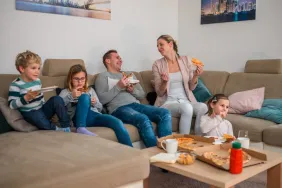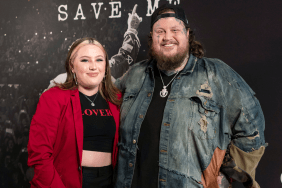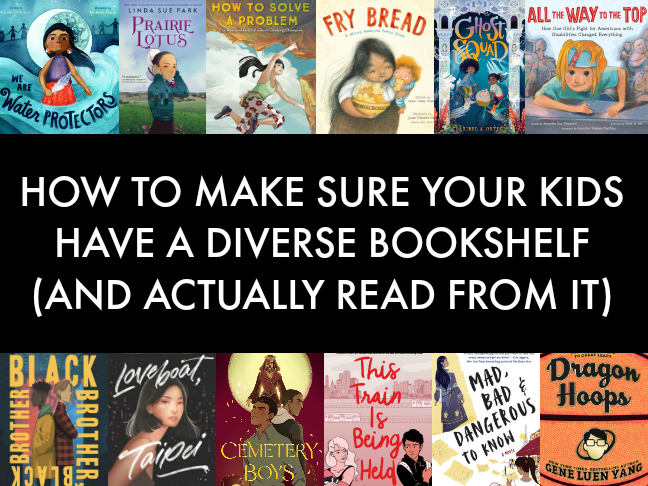
Growing up, I had unlimited access to books at the library, school, my own home. It wasn’t until adulthood that I realized as abundant as my access was to a variety of books, those books didn’t have a variety of voices to truly diversify the stories I was reading. I was a white kid growing up in a mostly white town reading mostly white books. The lack of diversity in any regard prevented me from better understanding people whose lives, cultures, and experiences were different than mine during a developmentally important time in my life. This is why I’m so adamant about representation in the books I put on my own kids’ bookshelves.
WHY OUR KIDS SHOULD HAVE DIVERSE BOOKSHELVES
Decades ago, children’s literature expert Rudine Sims Bishops elegantly explained that it is beneficial for all kids to read both mirror and window books. In short, “mirror” are ones that they see themselves in, and “window” are ones through which they witness someone else’s life. Reading is an immersive and gentle way to learn more about ourselves and others, so making sure our kids partake in stories by and about all different types of people—particularly those whose voices have been traditionally underrepresented in mainstream publishing and media—is an easy way to ensure we’re raising kinder, more accepting, empathetic, and thoughtful kids.
On top of that, our kids are learning as they read. Sure, they’re mostly interested in how the adventure the main characters are on ends up, or whether the two starry-eyed teens will fall in love for real, but along the way they’re picking up new (to them) facts about cultures, histories, foods, gender, geographical locations, laws, traditions, languages, religions, mythologies, and more. Their world is widening as their eyes are opened up, and it’s a beautiful thing to witness.
An unintended perk of deliberately picking diverse books for my kids has happened because I read them, too (yes, I love reading books for teens and tweens). I’m able to have more connective conversations about situations my kids bring up that I haven’t personally experienced in thirty years—or not at all, since the times are so different. Soaking up the same variety of stories my kids do has exponentially added to my parenting toolkit, and made them see me as someone willing to hear and understand them, their world. Even their friends have pulled me into conversations that prove they find me a safe space, too. I am grateful beyond words for this happy accident.
HOW TO PICK BOOKS YOUR KIDS WILL READ
What works for me is to focus on the kinds of stories the kids enjoy the most. If their favorites are fantasy, magic, and non-fiction personal accounts, look for those stories written by authors whose identities aren’t already on their bookshelves. Have they read a fantasy based in Thailand yet? A Latinx magical tale featuring a gay transgender boy? The true story of an activist who uses a wheelchair? There are so many great reads out there by “own voices” authors—people whose identity, experiences, and/or culture lend an authenticity to the book—that once you start deliberately looking, you’ll find countless options to choose from.
Not sure where to look first?
- Ask librarians at your kids’ schools or the local library! They know ALL the things—like how important it is for every kid to see themselves and everyone else in the books they’re offered.
- Check out We Need Diverse Books.
- Follow children’s/YA book bloggers and authors that your kids like on social media: both tend to love books so much they can’t help but share new discoveries.
- Attend a virtual book festival, like Everywhere Book Fest, a free, two-day event featuring the beautifully diverse voices of 97 authors of young adult novels, picture books, graphic novels, books for middle schoolers, and more.
Below are some books I’m happy to recommend by authors appearing at Everywhere Book Fest to get you started! Each is an engaging, unique experience that absolutely deserves to be on our kids’ bookshelves.
Teen & Young Adult Books
This Train Is Being Held by Ismée Williams
Alex and Isa become enamored with one another as soon as they meet on the subway. It is swoony, undeniable magic between the baseball player and the dancer. Both of them have secrets about themselves and their Latino families that become a big part of their relationship, each its own pressure valve. While some release tensions as they are revealed, others increase them the more they are hidden.
The beauty of this book is how at times there is a rhythm to the storytelling—like her dance or his secret poetry’s pacing, tempo—as subject matters such as familial expectations, mental health, honesty, racism, and classism are explored during a heart-racing love story. Deep affection and many threads tie these two teens together, but it may not be enough. When the moment comes that will test how far they are willing to go for one another, the reader is left breathless. (Ages 13+, Fiction)
This Is My Brain In Love by I.W. Gregorio
A-Plus Chinese Restaurant is about to reach both a big anniversary and its tipping point into going under. Owned and run by sixteen-year-old Jocelyn Wu’s family, she is determined to save it with the help of their latest (and unlikeliest) employee, high school journalist Will Domenici. So begins a story about two people who don’t realize how much they need each other in their lives upon first meeting. It’s a tale of romantic chemistry, brain chemistry, generational differences, love, and really, REALLY good dumplings. (Ages 12+, Fiction)
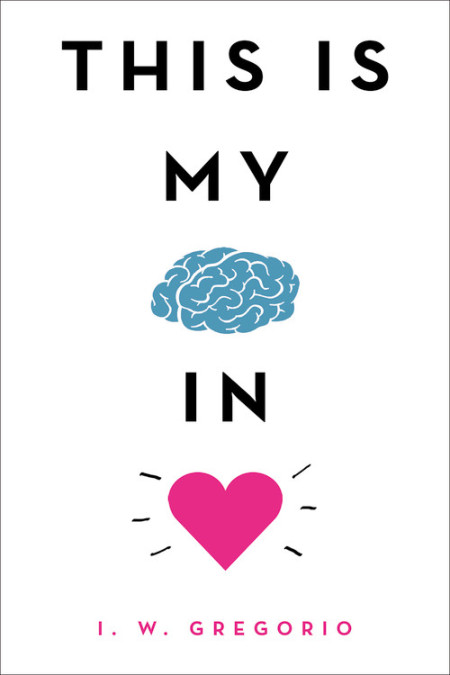
Cemetery Boys by Aiden Thomas
Yadriel’s family has been so deeply steeped in gender roles set up by old traditions tied to magic that they refuse to see him as the young man he truly is. Because of this, they keep him out of important ceremonies and responsibilities, but he’s not going to let that stop him. With the help of his (hilarious) best friend, he performs a ritual on his own, confirming that those in charge of the magic do see him as a brujo, and that he has summoned the most stubborn, unpredictable ghost this side of the cemetery: classmate Julian Diaz. Is it weird to mention that he’s really, really good-looking for a dead guy?
Before Yadriel can release Julian into eternal death, they make a deal that sends them on an adventure with a literal deadline, trying to solve a couple mysteries and tie up loose ends. During the process, the two become intertwined in ways that make knowing the end is near impossible to bear. This funny, moving, fast-paced novel is original and exciting in how it addresses family, gender, identity, tradition, and magic. (Ages 13+, Fiction)

Loveboat, Taipei by Abigail Hing Wen
Ever Wong’s parents are strict, and she has always followed the rules—even relenting to their wishes when she’s sent away at eighteen to Taipei to attend summer classes surrounded by her parents’ culture that they worry she doesn’t respect enough. But when she discovers that there’s little supervision and a lot of romance on campus, she decides it’s time to deliberately break every rule. Ever then goes on a fascinating adventure of self-discovery, learning limits, and understanding the many forms of love. It is simply unputdownable. (Ages 13+, Fiction)
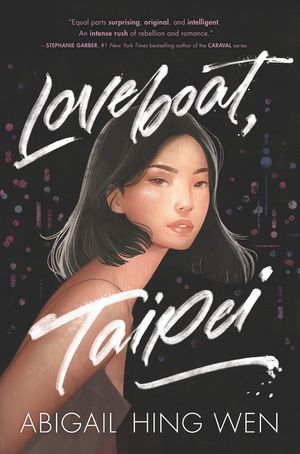
Mad, Bad, and Dangerous to Know by Samira Ahmed
French American, Indian American, Muslim American, biracial, interfaith, child of immigrants Khayyam is many things to many people—which is enough to deal with on a good day—but mostly she’s frustrated by the recent humiliating slap of rejection by her preferred art history college, who found her application’s passionate essay to be “ill-conceived” and “catastrophic.” OUCH. Now she’s in Paris, wishing her maybe-ex back in the States wanted her as much as she wants him, and hoping there’s a chance she can still prove her essay’s theory right. Luckily for her, she steps in dog poo in front of a gorgeous boy who just might be the key to helping her solve both problems.
A couple centuries earlier, Leila is also living a life by how other people (ahem—men) define her. She’s hiding her true heart in order to survive, hoping there’s a chance she can still carve a future out on her own terms. The two women’s stories are told in a way that amplifies both of their voices into something unforgettable. (Ages 14+, Fiction)
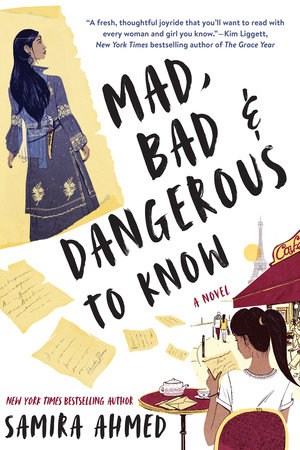
Dragon Hoops by Gene Luen Yang
This is a book for nerds. This is a book for basketball lovers. This is a book for graphic novel fans. At a tipping point in his own writing vs teaching career, the author—who never really got into sports growing up—hears about how his high school’s basketball team is getting closer to a championship they’ve been waiting for since forever. A chat with the coach is the spark that ignites this book, his telling of the team’s and his own story: where will they go from here, how acknowledging the past can help determine the future, and an examination of all the pieces as they come together because of choice, chance, passion, and commitment. Unique, engaging, realistic, and full of surprises, this is the eyes-wide-open graphic novel to get your teen right now. (Ages 14+, Non-fiction)
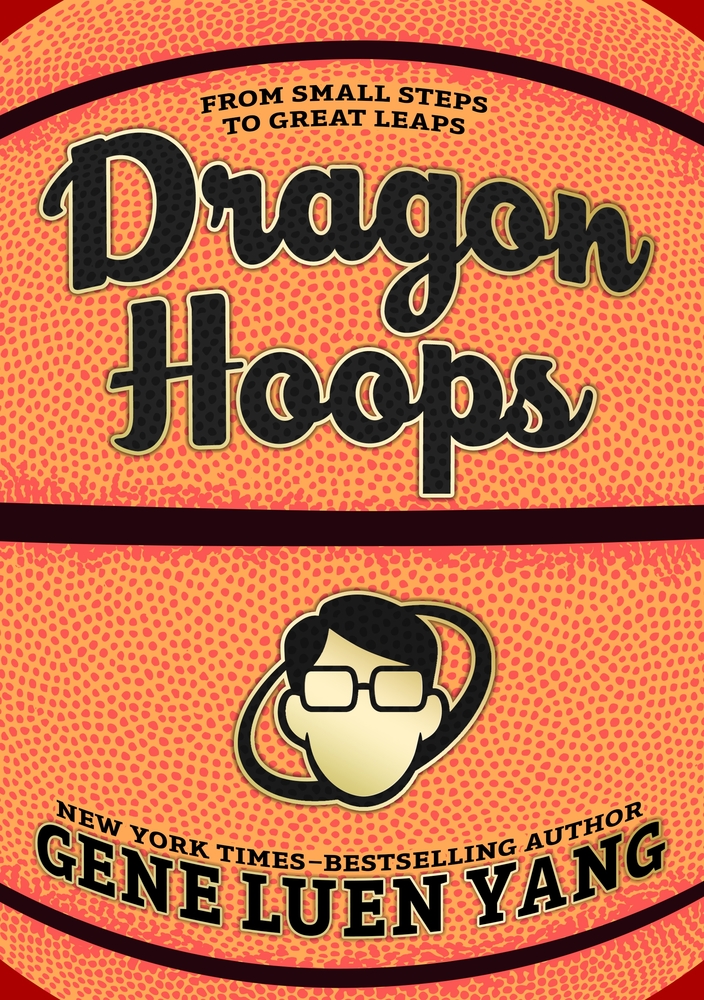
Middle Grade Books
Ghost Squad by Claribel Ortega
Oops! BFFs Lucely and Syd accidentally cast a spell that releases a whole bunch of dangerous spirits (as one does). Thankfully, Syd’s grandma is an old, experienced witch who—with her persnickety cat—is willing to help the girls fix this mess. This fun, moving story is about family, bravery, and power. It’s a modern-day, absolutely delightful Goonies meets Ghostbusters for current middle schoolers, with adventure, ghosts, Dominican folklore, and the idea that sometimes what others find weird or unbelievable is your normal—and that is perfectly fine. (Ages 8-12, Fiction)
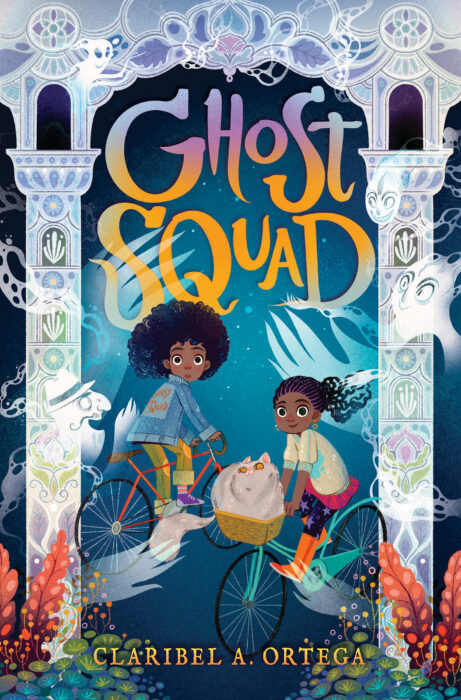
Black Brother, Black Brother by Jewell Parker Rhodes
Donte and Trey are biracial brothers growing up in the same big, beautiful house, going to the same private school, but facing very different experiences based solely on how they look. Trey presents as white, Donte as black, and it makes all the difference to the classmates, bullies, teachers, and people in positions of power around them. When twelve-year-old Donte is punished for something he didn’t do, he becomes determined to fight for justice. Little did he know, fencing, family, and friendship would be the bridge to take him there. This is an important story of hope, privilege, community, race, and inner strength. (Ages 8-12, Fiction)
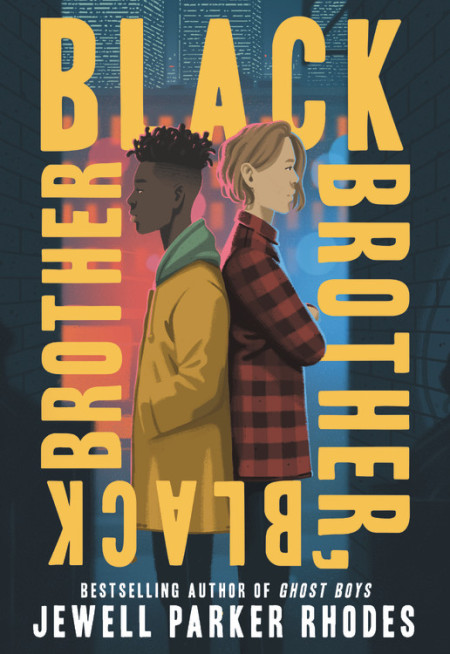
A Wish in the Dark by Christina Soontornvat
Gentle, kind Pong was born in prison, and after years of longing for freedom, the boy finds a way to escape. The prison warden’s daughter Nok, a girl who stubbornly clings to the rights and wrongs she has been raised to believe in, is intent on catching him. During these kids’ wild chase through a fantastical city in a Thai-inspired world, the disparities between the rich (who are bathed in magical light) and the poor (who are blotted by darkness) become impossible to ignore. So do the characters’ ponderings of who determines which people are deserving and which are not, and how does one person change the inequities they see in their community. This is a rich, heartwarming, magical twist on Les Mis for kids. (Ages 8-12, Fiction)
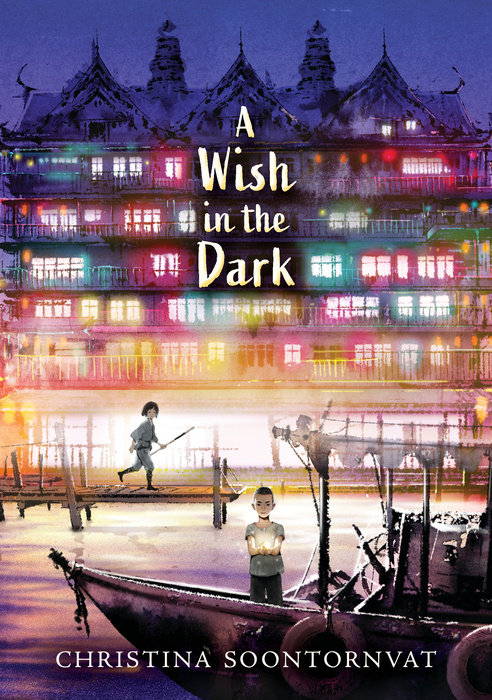
The Only Black Girls in Town by Brandy Colbert
Twelve-year-old Alberta is tickled when she discovers that she’s no longer the only black girl in her sunny California town. Brooklynite Edie is slow to take to her new digs, and the presumed bestie across the street, but they soon bond while making a bedroom out of her mom’s attic, where they discover long-lost journals full of secrets. The mystery between those pages, relatable preteen angst, friendship drama, and family drive this realistic contemporary novel to the top of the must-list for middle grade readers. (Ages 8-12, Fiction)
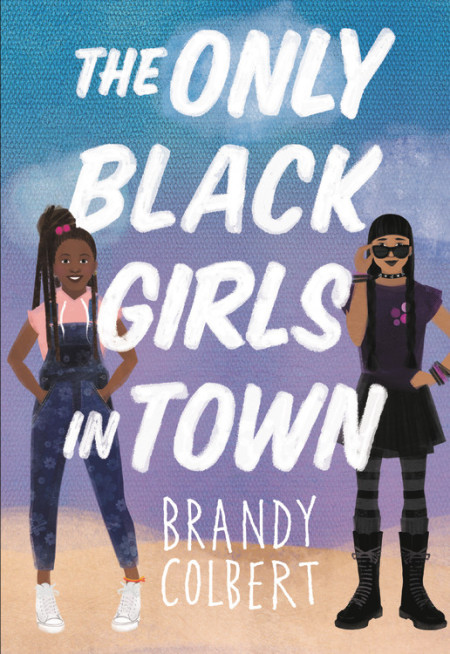
Prairie Lotus by Linda Sue Park
After the loss of her mother and a long journey, Hanna and her dad are about to start a new life together in a small town in 1880, and she has some very simple wants: but will her being half Asian prevent them from happening? This wonderful story told in Hanna’s clever, observant, and at times humous voice has a Little House on the Prairie vibe but with the added layer of acknowledging racism and ignorance in the heartland at the time. This book is an important and entertaining read for middle schoolers. (Ages 10-12, Fiction)
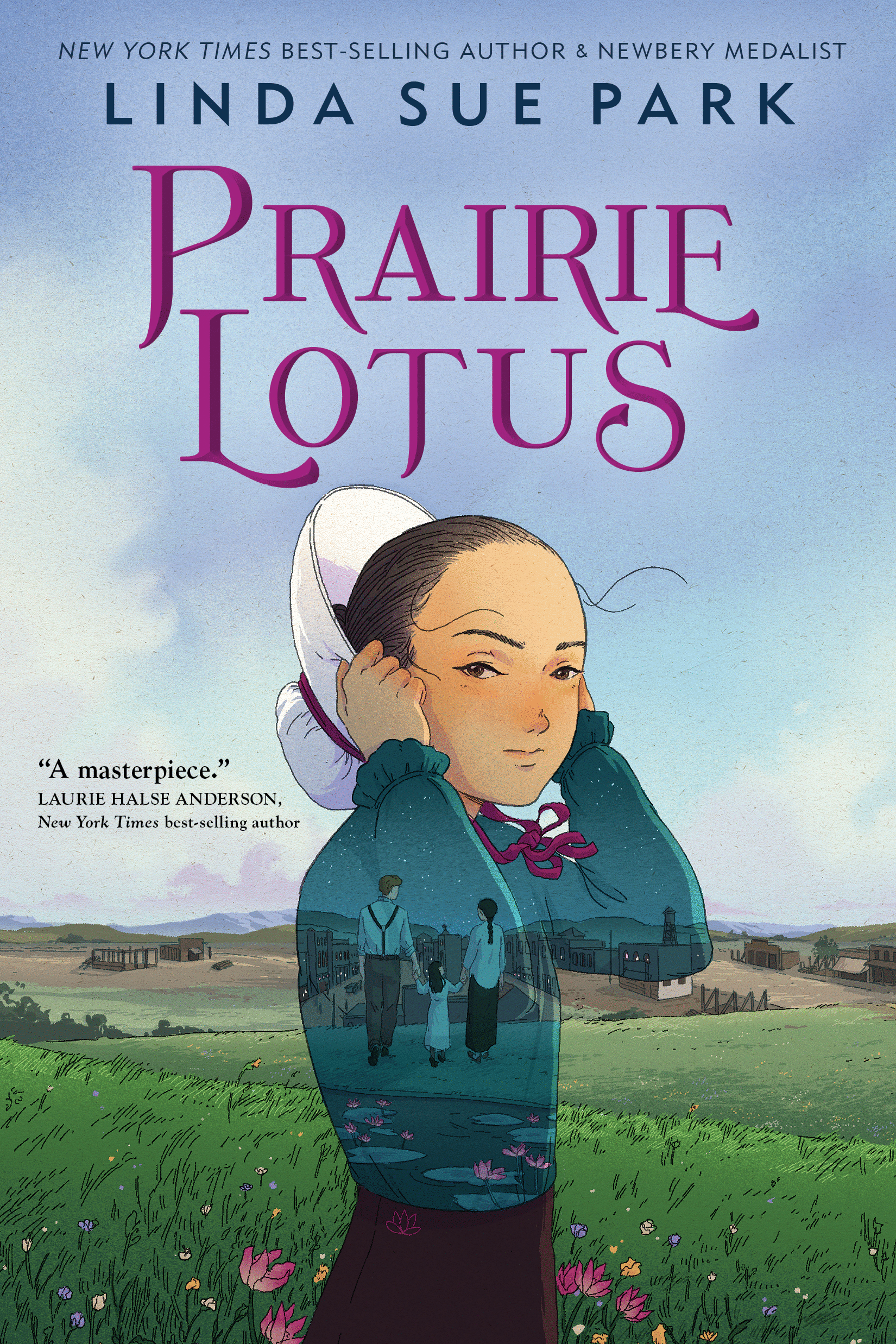
WOKE: A Young Poet’s Call to Justice by Mahogany L. Browne, Elizabeth Acevedo, Olivia Gatwood, Jason Reynolds; Illustrated by Theodore Taylor III
“Each of the poems [act] as blocks strengthening and heightening every young lighthouse that reads them.” Jason Reynolds’ foreword perfectly explains what this beautiful collection of poetry for kids achieves. The readers not only learn what it means to be “woke,” but why it’s important, and how to live that life for yourself and others. Vibrant, clean, illustrations support the themes of each two-page spread, labeled in the corner for our minds to view the image through the lens of that word: body positivity, empathy, forgiveness, gender, immigration, privilege, resistance, and many more. The hope is tangible, the heart is lifted, the kids become ready to rock the boat for all the right reasons. A solid call-to-action book for kids even older than the intended age range. (Ages 8-12, Non-Fiction)
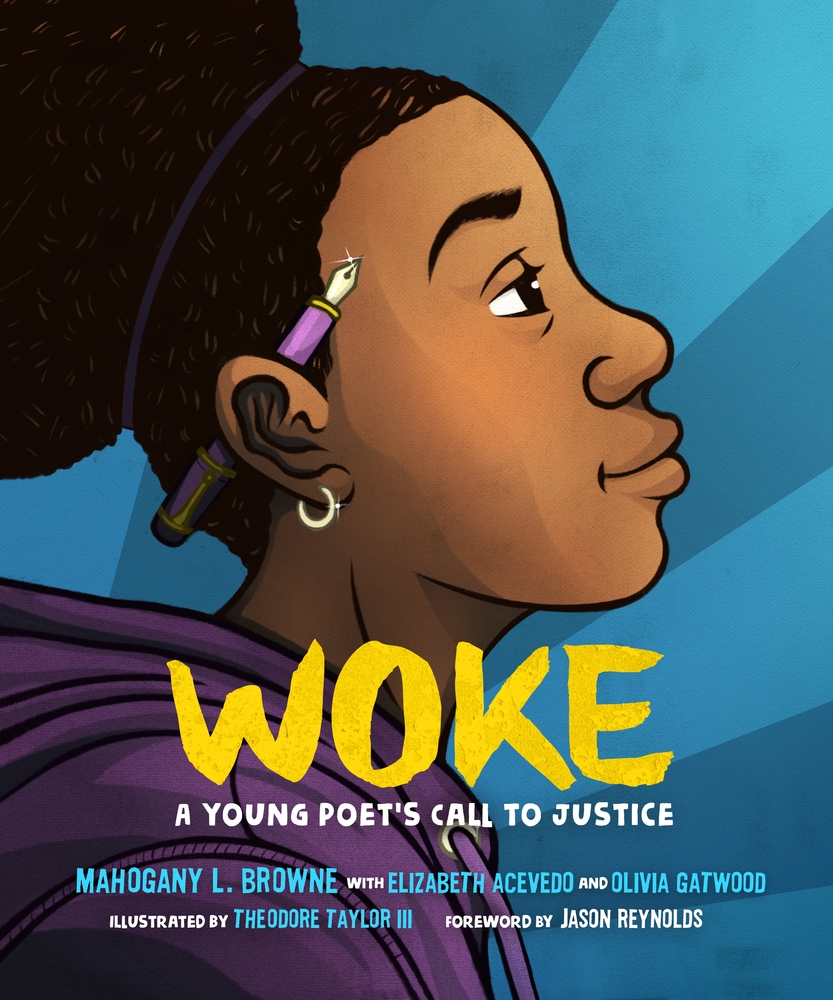
Picture Books
All the Way to the Top: How One Girl’s Fight for Americans with Disabilities Changed Everything by Annette Bay Pimentel; Illustrated by Nabi H. Ali; Foreword by Jennifer Keelan-Chaffins
This is the true story of how Jennifer was a big part of getting eyes on the Americans with Disabilities Act proposal while she was only eight years old. Soothing, almost creamy colors contrast with the boldness of her fight, the discomfort of seeing people’s bias, and the determination to show how everyone has a voice: which is the power to make a difference.
Sometimes your efforts don’t pay off, but when they do, it’s an incredible feeling to help yourself and others during the process. Yes, grown-ups often think kids are too young to know what they want, too young to do the work, so it’s up to those young voices to prove them wrong. This is a positive, exciting snapshot of an important moment in child activism. (Ages 4-8, Non-Fiction)
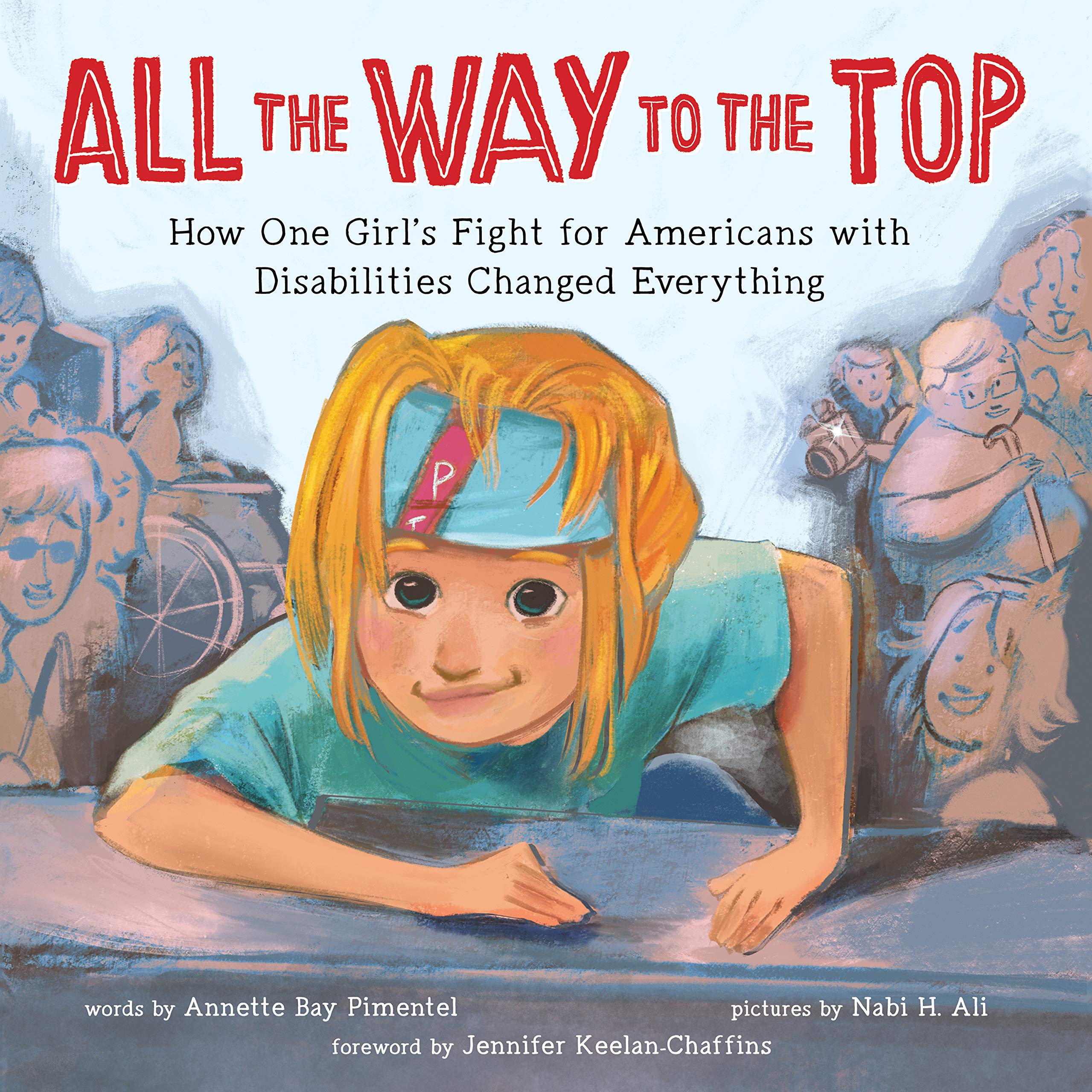
How to Solve a Problem: The Rise (and Falls) of a Rock-Climbing Champion by Ashima Shiraishi, Illustrated by Yao Xiao
Social media rockstar Ashima soars with creativity and intention as one of the world’s most successful young rock climbers. We witness how when she looks at a rock, she sees pieces of her life guiding her along a path to help her solve the problem of getting from where she is to where she wants to be. She fails—and falls—but does not give up. Inspirational and with practical tips on how to achieve your goal by giving yourself “a bright path of thinking” to light the way. Readers of all ages will glean important messaging from this picture book. (Ages 4-8, Non-Fiction)
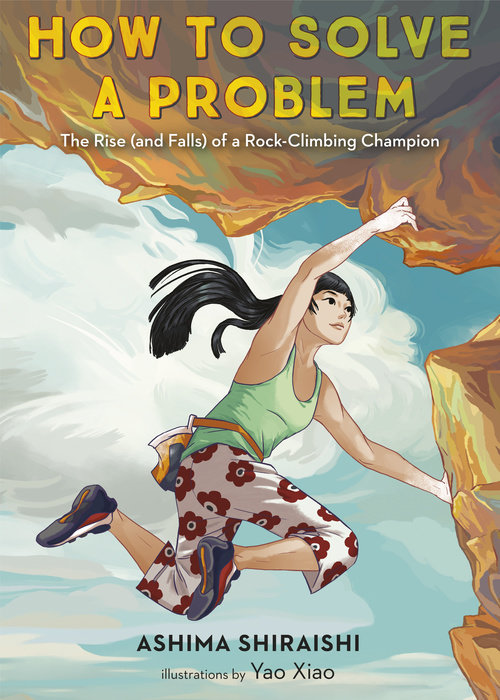
A Big Bed for Little Snow by Grace Lin
Little Snow’s mom gave him a big, fluffy featherbed. He sure likes to jump on it, but she doesn’t want him to. How can he possibly resist? This sweet, cozy picture book full of cool colors plays with the visuals of a cloud-like bed and how a mischievous kid can cause it to snow. A perfect companion to the author’s award-winning A Big Mooncake for Little Star. (Ages 4-8, Fiction)
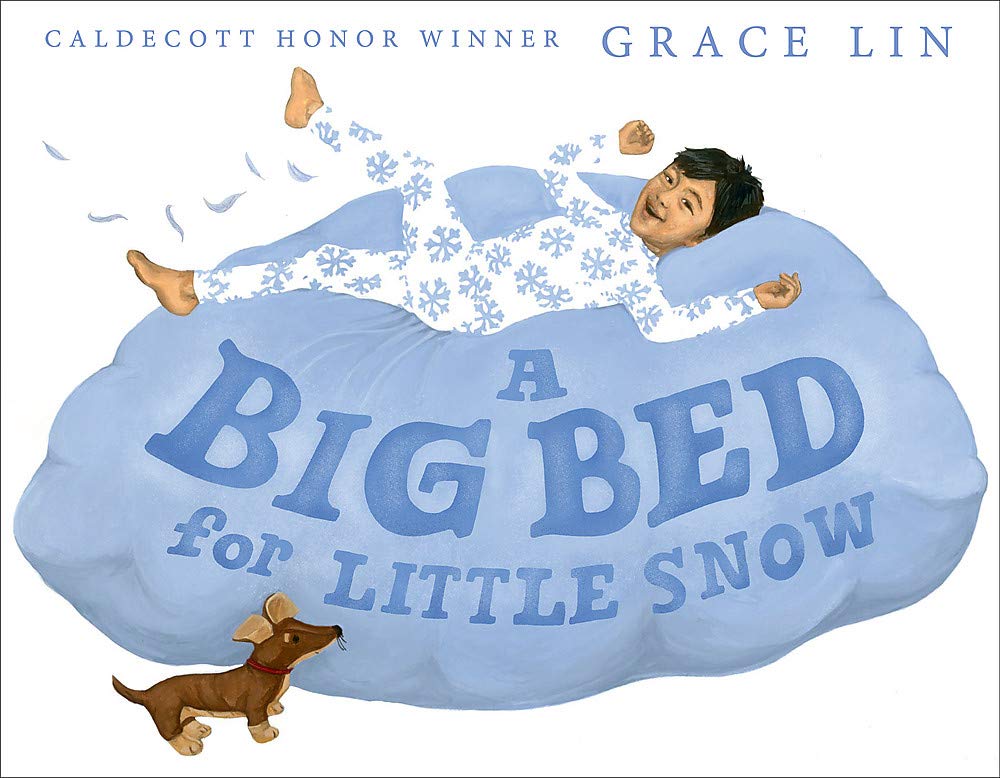
We Are Water Protectors by Carole Lindstrom; Illustrated by Michaela Goade
In gorgeous colors representing the strength of the sea and beauty of nature, this hopeful picture book reminds the reader of how prevalent water is in our everyday lives. It’s an age-appropriate call to join the Indigenous-led movement to honor water in its many forms, how to protect it, and why. Expressive, informative, and stunning to look at, little kids will ask for this one to be read to them over and over again. (Ages 3-6)

Fry Bread: A Native American Family Story by Kevin Noble Maillard; Illustrated by Juana Martinez-Neal
With a steady beat and loving tone, this is an ode to fry bread’s important role in family, food, culture, and community through the years. Featuring eye-catching art with multiracial Native people, a recipe you can try at home, and extensive back matter for further reading, this picture book has been racking up awards, honors, and recommendations since its debut. A wonderful addition to homes and classrooms. (Ages 3-6, Fiction)
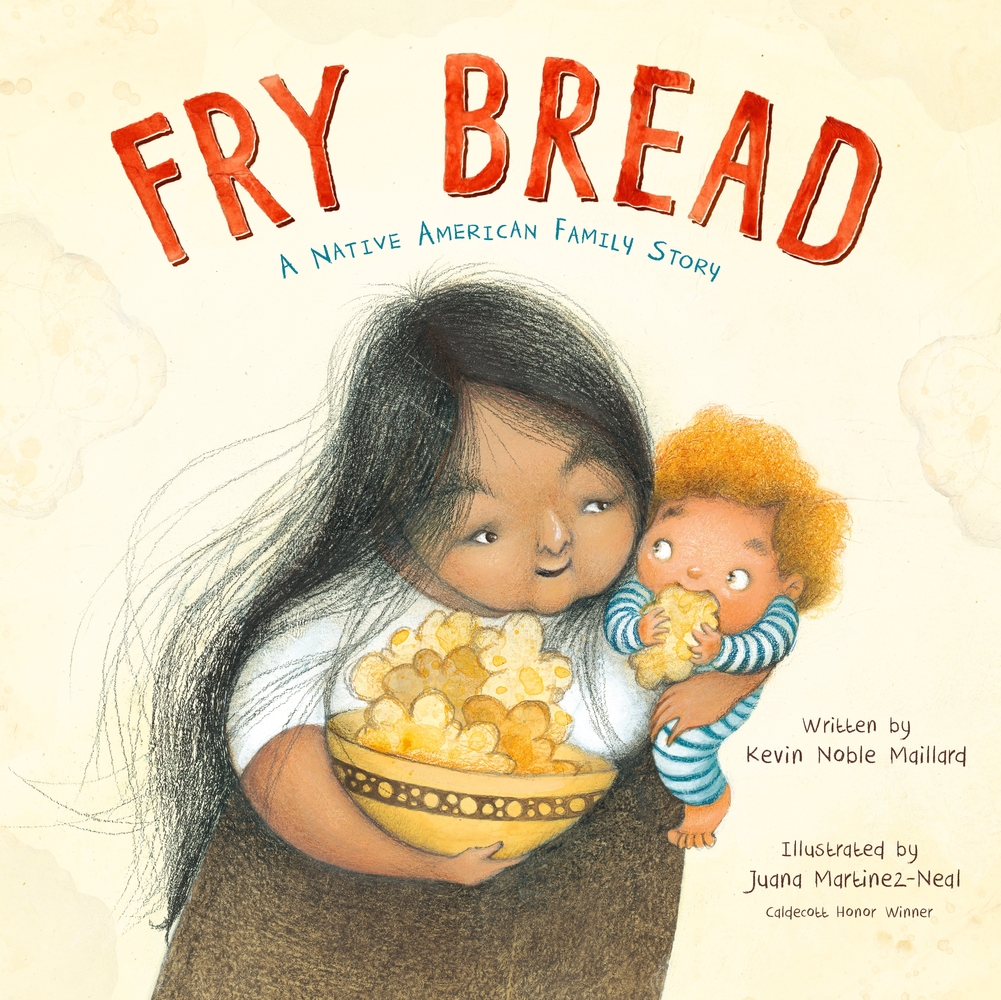
HOW TO STAY MOTIVATED TO KEEP UP THE GOOD WORK
In the Acknowledgements at the end of Prairie Lotus, author Linda Sue Park thanks a long list of people who have taken the time to talk with her about “race, diversity, and inclusion.” What she wrote after that struck home, for it is the message I carry within me both as a mother learning the ropes as I go, and as a person who grew up in a time when it wasn’t easy to be so immersed in actively trying to understand and support people whose culture, race, and/or identity were not the same as one’s own.
“I ask their patience and forgiveness, as I still have so much to learn: My goal is to make new and different and better mistakes every day.”
This is why I keep reading widely and diversely, keep giving my kids books like these to read, and keep encouraging others to do the same. My hope is that by making deliberate choices in the diversity of the books our kids—and we—read, and truly listening to those voices, we can keep learning and getting better together.
